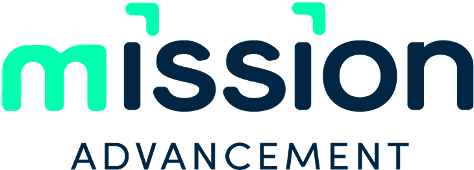 The very term "major gifts" is intimidating to many. What does it mean? Who are these so-called major donors? These are the questions asked every day by organizations that haven't yet ventured into a relational model of fundraising.
The very term "major gifts" is intimidating to many. What does it mean? Who are these so-called major donors? These are the questions asked every day by organizations that haven't yet ventured into a relational model of fundraising.
In some regard, the fundraising world has changed dramatically since I started consulting with non-profits over 30 years ago. Technology has put a new face on much of what happens in a development office, from the way it communicates to the way it records results and measures progress. However, one area that technology has not replaced, and I personally believe never will, is the manner and means of communicating with the large donor.
If I asked you to describe your social life outside of work, you would likely talk about a group of friends associated with things like your church, neighborhood or sports teams. These are all friends that we make through social activities and maintain in a variety of ways – most certainly including face time. This hasn't really changed much in my lifetime, either.
The amount of time we choose to invest in some personal relationships is significantly more than in other relationships. So, what are the criteria for choosing the specific relationships in which we invest our time? Simple – we invest significantly in relationships that provide us with the greatest return on that investment. If you lock yourself in your home and choose to live life as a recluse, the relationships in which you have invested would soon suffer. If the only means of communication with the people you know is an annual holiday card, then a card is probably all that you will get in return.
Back to major gifts fundraising……
The same logic applies to your donor base. The degree to which you invest in specific donor relationships is directly proportional to the return on that investment. If the only means you use to communicate is a piece of direct mail or an e-blast, don't be surprised if your return is proportional to that investment.
So how does this relate to managing a major gifts portfolio? It begs the question: how do you spend your time? If it is behind a desk most of the time managing technology, then you are probably living life more closely to the recluse. If you are out having coffee and muffins with donors every day (something technology can't do for you), then you are probably building some important relationships. And this is the foundational component to successful major gifts fundraising.
Many of you right now are replying, "I am already doing this." Great! Now let's talk about how to manage your work more efficiently. The most common error made in major gifts fundraising is with portfolio size. How many donor relationships can you realistically develop and maintain? Not that many.
Let's go back to your social life for a minute. How many best friends can you have? Not that many. It takes time to build and maintain a close friendship. If our friend portfolio gets too big, we find ourselves with scheduling conflicts and inevitably irritating some friends for choosing others over them. If we believe that key friendships don't require time and attention, then we are sadly mistaken. We too often take relationships for granted and then are surprised and disappointed when they come to an end.
The same is true with major donors. These relationships are too often taken for granted when we say things like, "We don't need to do anything special for our donors – they give because they love our mission" or "Our donors don't want recognition – they give for the right reasons." Then, one day, a major donor stops giving to your organization, and instead, gives to the organization that better meets his/her passions and interests.
Now, to the close of this speech…
Invest in a few key relationships that are vital to funding your mission.
Make your major gifts portfolio look like your friend portfolio – some friends are more important than others.
If you are a full-time major gifts officer, start with 50 or so donors, initially – it’s best to err on the side of too few. If you have half your time allocated to this kind of work, focus on 25 or so.
And don't get too hung up on process. Remember, these are people giving for a reason. Try to discover that reason and act on it. A greater investment in these key donor relationships will pay off in dividends.


 MISSION ADVANCEMENT
MISSION ADVANCEMENT



